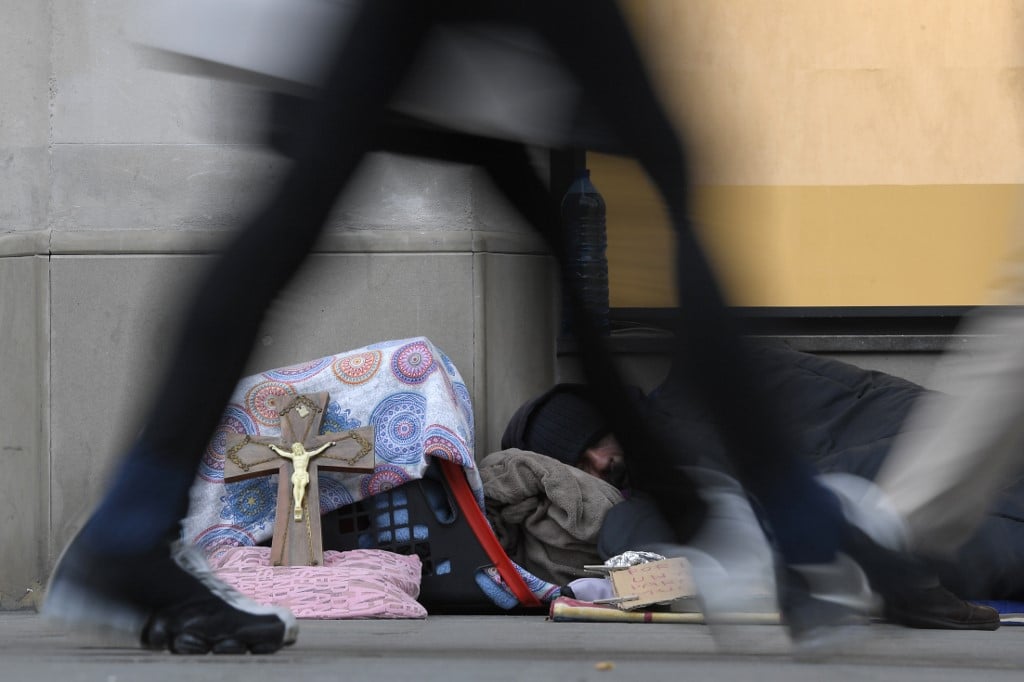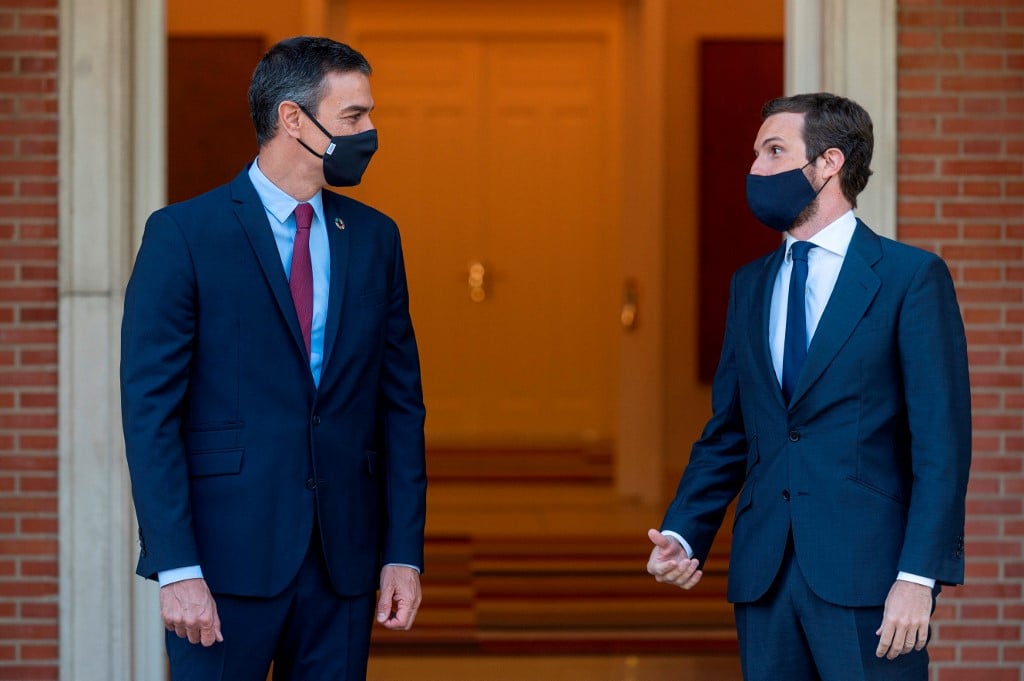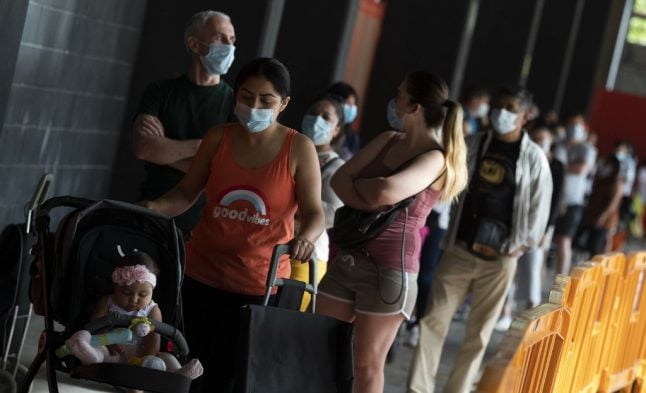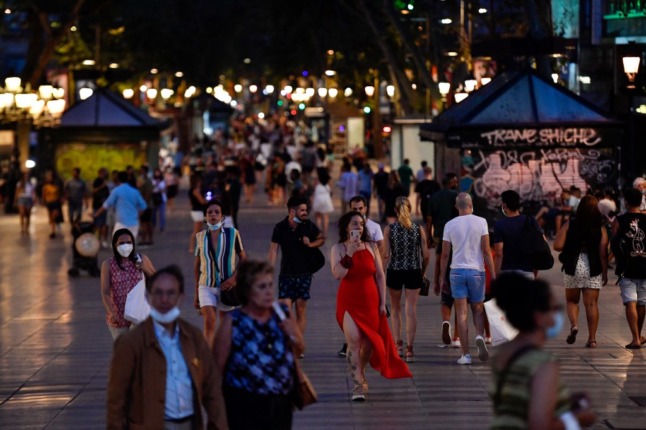Any British readers who are familiar with the Daily Mail will know that one of the pet obsessions of this conservative newspaper is house prices.
The paper is sometimes teased about this but, it has to be said, that they might have a point; the value of bricks and mortar can be one of the key indicators of the health of any economy.
This is why a story about how Spanish property prices caught my eye this week.
Prices grew at their slowest pace since early 2015 in the second quarter in the wake of the coronavirus pandemic, according to data from the National Statistics Institute (INE).
Índice de precios de #vivienda. Segundo trimestre 2020
En el segundo trimestre de 2020, los precios de la vivienda suben una décima respecto al trimestre anterior. #INE
Nota de prensa: https://t.co/vYSqHjWG3g
Más resultados: https://t.co/vCG6FCgiKl pic.twitter.com/OpCxmmXfLH— INE España (@es_INE) September 8, 2020
To refresh your memory, five years ago Spain was beginning to emerge from a deep financial recession but people were still not spending that much money on houses.
Step back to the present. The 2.1 percent increase from a year earlier is over one percentage point smaller than in the first quarter and shows a continued deceleration in the country's real estate market.
New properties showed the healthiest rise in value, going up 4.2 percent, while the price of second-hand homes went up 1.8 percent, according to the INE.
Analysts also predicted prices could fall further in the coming months.
“The moderation in prices will continue in 2020 as a consequence of the domestic and international macroeconomic context,” Anais Lopez, a spokeswoman for online property portal Fotocasa told Reuters.
“It's possible the INE will record the first falls in prices in the next months.”
For many foreigners who snapped up a place in the sun to enjoy life in Spain this will come as bad news.
But it is not just the price of houses which have been devastated by COVID-19.
READ ALSO:
- Spanish economy shrinks by fastest rate on record
- ANALYSIS: Why Barcelona will have to change to survive impact of pandemic

A homeless man begs on the streets of Barcelona. Photo: AFP
Spain has been hit especially hard by the new coronavirus, posting 18.5 percent contraction in its economy between April-June, compared with the previous quarter.
In simple terms, Spain recorded the sharpest drop in its economy among European Union member states.
Of course what matters is what happens next? And how does this grim news relate to us in real terms?
After the summer, companies are back at work but still many may not be able to recover from the damage they suffered during the lockdown.
Gayle Allard, an economist at the IE Business School in Madrid, said she believed because of the way many companies were going out of business, unemployment could rise to 21 percent this year.
Currently, unemployment stands at 15 percent.
The furlough scheme, which has saved many jobs, is likely to continue until Easter next year for key sectors like tourism, which accounts for 12 percent of GDP and 13 percent of all jobs.
Yet it has angered many business owners because the government insists that when workers return to their jobs they cannot be sacked for six months.
One restaurant owner in Barcelona told me after scraping by for six months with barely any income, she cannot afford to pay for a full staff for six months and sadly some will lose their jobs.
Analysts predict that the economies of major European countries are not likely to recover fully until the end of next year.
Spain's government is predicting a short-term bounce back of 6.8 percent growth next year.
Key to this will be whether the minority government can pass the budget for 2021.

Prime Minister Pedro Sanchez (L), with People's Party (PP) leader, Pablo Casado, outside Moncloa. Photo: AFP
Spain's highly polarized politics has meant no real budget has been agreed for four years and the last one did not have to account for a pandemic or a deep recession.
Spanish prime minister Pedro Sánchez is currently trying to sort out the squabbling factions he needs to make up the votes to get the deal done.
While the Socialist prime minister tries to strike a deal with the centrist Ciudadanos, his far-left partners Unidas Podemos or regional parties, the nation waits to see if he can pull it off.
The odds are Sánchez will succeed and this will allow the government to plough public money to continue a furlough scheme into next year for stricken sectors like tourism and bring in tax rises which are inevitable to pay for all of this.
The €140 billion in grants and loans from the European Union is not dependent on the government agreeing a budget but it would help to make Spain look like it can manage the money.
Meanwhile, for many foreigners living in Spain there is one factor perhaps in their favour: many work for foreign companies but happen to be based here.
For some, this involved travelling regularly in normal times; for others it simply means opening up the laptop.
Of course, no-one will escape the economic impact of the pandemic.
However, my point is if, say, they are working for companies whose economies have not been so ravaged by COVID-19 it could give them a better chance of saving their jobs.
Here's hoping anyway.

Graham Keeley is a Spain-based freelance journalist who covered the country for The Times from 2008 to 2019. Follow him on Twitter @grahamkeeley .
READ MORE:




 Please whitelist us to continue reading.
Please whitelist us to continue reading.
Member comments